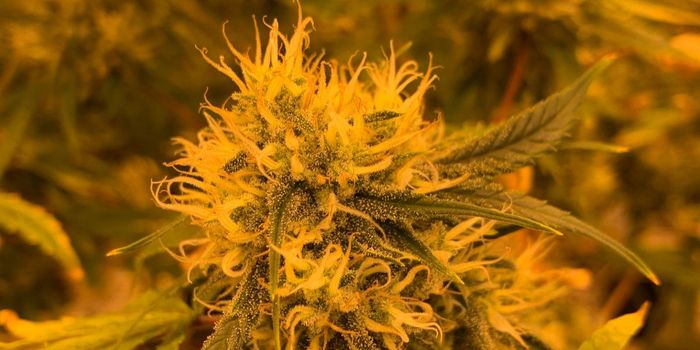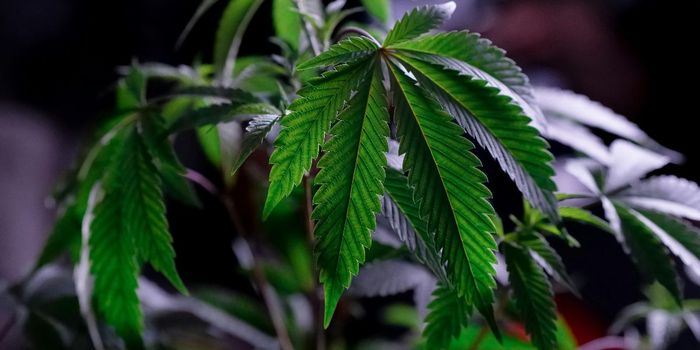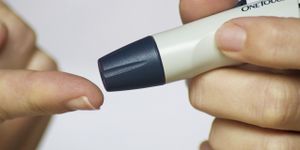Cannabis Varieties Used in Research Vary Significantly from Consumer Varieties
Until just days ago, the University of Mississippi (UM) monopolized the cannabis research industry.
Through a contract established with the National Institute on Drug Abuse (NIDA), UM has reigned for more than 50 years as the only facility legally permitted to cultivate cannabis for research purposes – requiring all research universities and institutions across the US to depend solely on the plant material of UM’s cannabis sample set for their research. Accordingly, a vast majority of cannabis studies from the US that have been published to date have been conducted using only the cannabis chemotypes (i.e., different cannabis cultivars varying in their respective cannabinoid profiles) available exclusively through UM. Subsequently, not many studies have been able to investigate the effects of legal-market cannabis in humans thus far (aside from a few exceptions; notably, a recent study from researchers in Colorado).
In the meantime (especially within the past decade), the popularity of cannabis for both medicinal and recreational purposes has skyrocketed – along with the potency and diversity of dispensary-grade cannabis chemotypes that have become available to consumers.
This engenders a critical question concerning the applicability of the majority of cannabis research performed in the US to effects elicited by the products actually available on the market: are the UM chemotypes that have been studied in US cannabis research (and presumably their pharmacological effects) reflective of the cannabis available to consumers through state-regulated markets?
Researchers from the University of Colorado Boulder addressed this query in a study published in Nature’s Scientific Reports. The study compared the cannabinoid profiles of cannabis cultivars from states where cannabis is legally accessible, to the publicly-available collection of cannabinoid profiles of NIDA-sanctioned, UM-cultivated cannabis plant material that has been predominantly employed in US cannabis research.
Samples of cannabis cultivars from four US cities – Denver, Oakland, Sacramento, and Seattle – were collected to represent three states where cannabis is legal for either recreational or medicinal purposes. Using high-performance liquid chromatography (HPLC) analysis, the collective cannabinoid profiles of samples from each of the four cities were generated.
ANOVA was used to compare each cannabinoid’s concentration (cannabidiol, CBD; cannabinol, CBN; Δ9-tetrahydrocannabinol, THC; cannabigerol, CBG; Δ9-tetrahydrocannabivarin, THCV; and cannabichromene, CBC) by location (Denver, Oakland, Sacramento, Seattle, and NIDA), and four F-tests were used to compare the THC:CBD ratios of NIDA samples to the other four sets of state-regulated samples. Principal component analysis (PCA) was also performed to assess the diversity between Oakland, Sacramento, and NIDA in their overall cannabinoid profiles.
These comparative analyses revealed that NIDA samples varied significantly in their THC levels from all other locations, containing only 27% of the THC found in state-regulated samples. The CBD composition of NIDA samples was also found to differ from all other locations (except for Seattle). Most notably, the NIDA chemotypes were found to contain 11-23 times as much CBN as the state-legal chemotypes.
Ultimately, the data from these analyses illustrate that federally-produced (i.e., NIDA-sanctioned, UM-cultivated) cannabis possesses substantially lower total diversity, total cannabinoid concentrations, and presumptive potency than the cannabis varieties that are widely and legally available to consumers through private markets. The research team concluded that UM-cultivated cannabis plant material sanctioned by NIDA for research purposes is not reflective of the cannabis varieties available on the market.
Although the results of this study leave many of us questioning the validity of prior cannabis research, a beam of hope has illuminated the field of cannabis sciences just within the past week: the US Drug Enforcement Administration (DEA) has expanded the number of facilities (albeit only two for now, but with more in progress) that are registered on a federal level to cultivate cannabis for research.
Sources: Chemical and Engineering News; The National Institute on Drug Abuse (NIDA); Labroots; Nature’s Scientific Reports; Marijuana Moment









